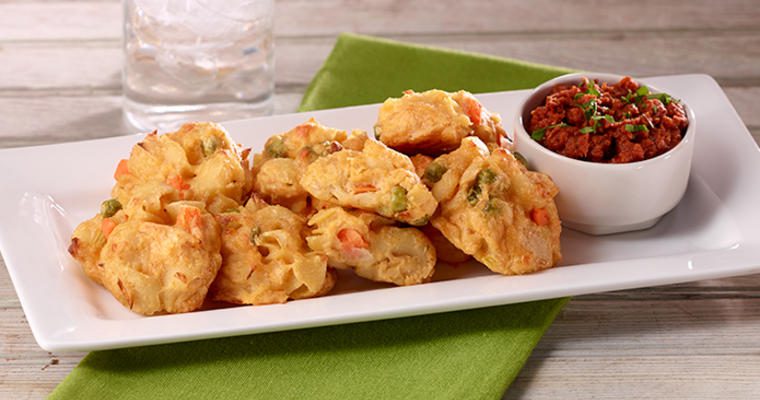For hospital patients and elderly people in care communities, self-feeding improves quality of life. Those who choose what to eat and enjoy the experience tend to eat more, promoting healing and mental well-being.
Handheld food and adaptive equipment are two ways caregivers can promote mealtime independence that helps to prevent unwanted weight loss and other negative outcomes. Here is a closer look at each:
The importance of handheld food
Health issues and cognitive decline can affect a person’s ability to eat easily. Eating can be agony for someone unable to scoop floating cereal from the bowl or keep a spoon steady from table to mouth.
Often, people with such difficulties will resist eating or stop going to the dining room, says Tiffany Nabozny, RD, LD, of the Gordon Food Service Nutrition Resource Center. As a result, food consumption declines, leading to weight loss, risk of infection and delayed wound healing. People also miss out on the social aspect of eating with friends. She suggests portable, bite-sized foods so people can either eat without utensils or grab food they can eat where they are comfortable, also known as handheld foods:
- Breakfast sandwiches
- Muffin cups
- Empanadas
- Spaghetti spinach frittatas
- Tuna mac and cheese bites
- Cake pops
- Smoothies
Customers are invited to visit Gordon Experience for a sampling of finger foods recipes and creative ideas to provide calorie-rich, nutritious foods. Go to Gordon Experience > Resources > Health and Wellness > Memory Care.
The importance of adaptive equipment
Lifting a spoon or handling a fork and knife are second nature for most. When those skills diminish, healthcare and senior care foodservice managers must be aware how adaptive utensils, dishware and cups can help.
These tools not only avoid the embarrassment of needing someone to provide feeding assistance, they enhance safety by reinforcing proper head and neck position when swallowing and controlling the amount people swallow.
“The goal is to get the individual to eat, and the key word is individual,” says Samantha Thelen, the Regional Director of Operations for Michigan-based Leisure Living. Different tools work for different individuals.
She recommends using plates with lipped edges or plate guards or even using scoop bowls to help people with motor-skill difficulties get food on a fork or spoon. She also urges using colored plates that provide contrast with foods to help those who have problems with vision or focus.
Here are some other adaptive tools that promote self-feeding:
Dishes. Divided plates keep foods apart and aid in scooping.
Utensils. Built-up, easy-grip handles and/or angled and swivel handles help people with dexterity issues.
Cups and glasses. Easy-grip and two-handled vessels control the flow of liquid into the mouth, Nose cut-outs make it easier for people with range-of-motion difficulties to tip a cup to their lips.
Straws. Adaptive straws with extra length and flexibility allow people to drink on their own.
Placemats. Non-slip placemats or table coverings keep plates within reach.
Promoting a sense of self
Customizing the care to a person’s needs not only improves quality of life, it delivers on the person-centered care required by the Centers for Medicare & Medicaid Services (CMS) Final Rule.
Giving people control over normal, everyday activities such as eating not only helps them get the calories and nutrients they need, but it helps them maintain dignity and a sense of self.











